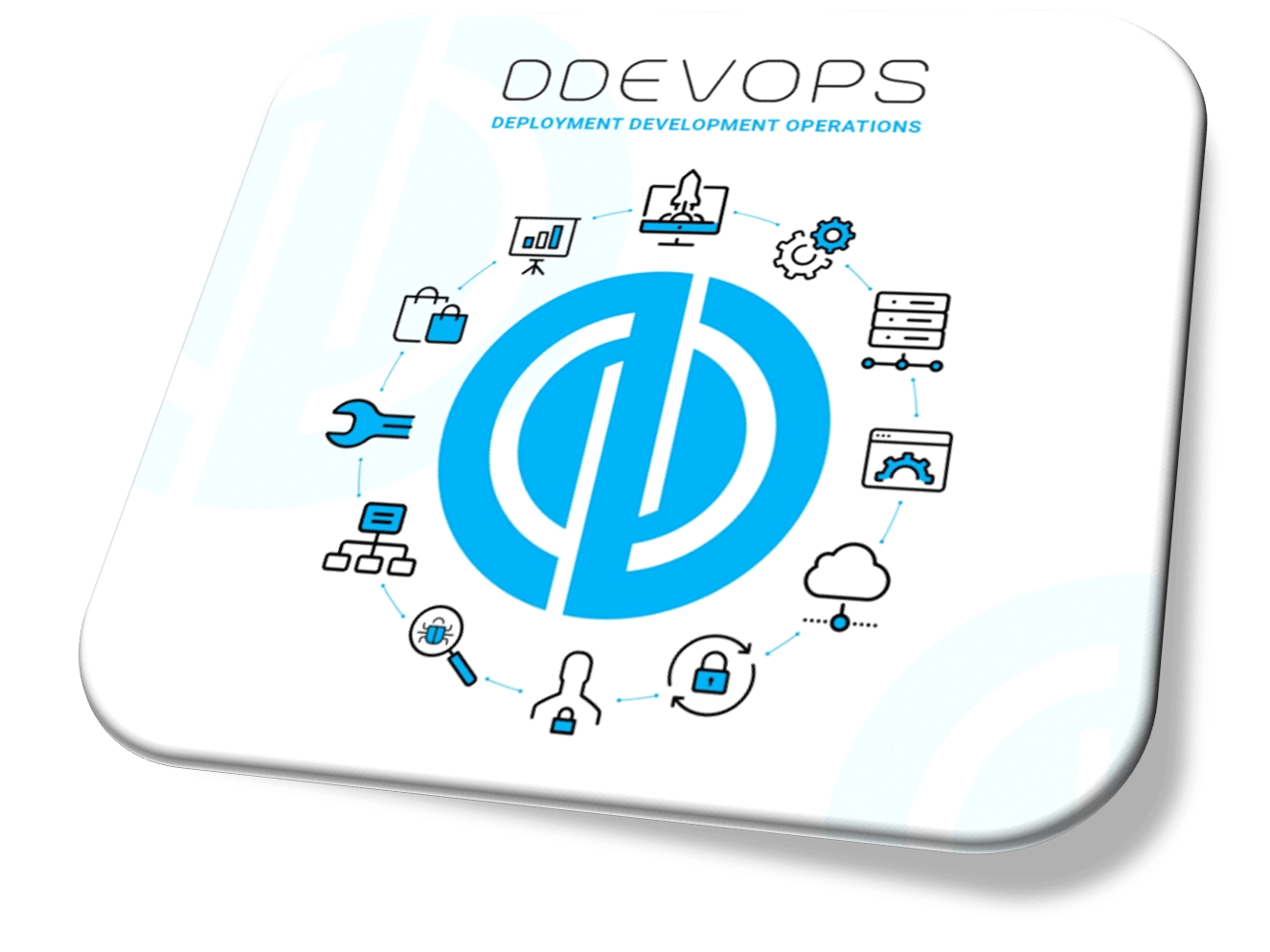Web Development Made Easy: Your Complete Guide to the Digital World

Web Development Made Easy: Your Complete Guide to the Digital World
TABLE OF CONTENT
- Two types of pillars
- What is front end?
o Core web development languages: HTML, CSS, and JavaScript
o Leading front-end frameworks: React, Vue, and Angular
o Popular web development libraries: jQuery, Tailwind CSS, and Bootstrap - What is back end?
o Modern applications, including Node.js, Python, PHP, Ruby, and Java
o Exploration of database technologies
o What is MySQL, MongoDB, and PostgreSQL
o Overview of widely adopted API architectural styles - Final Thoughts
INTRODUCTION
In today’s digital-first world, web development isn’t just a unique skill — it’s a must-have for
businesses, educators, and creators alike. But let’s be honest: for many, the world of web
development can feel overwhelming. Front end, back end, databases, APIs, frameworks —
where do you even start?
From social media to online shopping, web applications are a big part of our everyday lives. This
report is here to simplify the complex tech behind them. Using clear visuals and straightforward
examples, it breaks down each key part of web development, making things easier to
understand and less scary.
Whether you’re creating websites, developing apps, or simply curious about how things work,
understanding these key building blocks is essential. At its foundation, web development is
made up of two main parts: the Front End and the Back End.
Front End: What Users See
The front end is what users see and interact with. It’s the part of the website you can actually click on, scroll through, and read.
Languages: The Main Building Blocks
- HTML (HyperText Markup Language): Provides the semantic and structural backbone of a web page. Think of it as the skeleton of a website.
- Example:
<h1>Welcome to My Website</h1>
<p>This is a paragraph of text.</p>
<button>Click Me</button>- CSS (Cascading Style Sheets): A rule-based language that describes the style and layout of web pages. It’s the “clothing” that makes the website look good.
- Example:
h1 {
color: blue;
font-family: Arial, sans-serif;
}
button {
background-color: green;
color: white;
padding: 10px 20px;
}
- JavaScript: Adds interactivity, dynamic behavior, and client-side functionality. It’s the “brain” that makes the website respond to user actions.
- Example:
document.getElementById('myButton').addEventListener('click', function() {
alert('Button was clicked!');
});Click Me
- CSS (Cascading Style Sheets): A rule-based language that describes the style and layout of web pages. It’s the “clothing” that makes the website look good.
- Example:
h1 {
color: blue;
font-family: Arial, sans-serif;
}
button {
background-color: green;
color: white;
padding: 10px 20px;
}
- JavaScript: Adds interactivity, dynamic behavior, and client-side functionality. It’s the “brain” that makes the website respond to user actions.
- Example:
document.getElementById('myButton').addEventListener('click', function() {
alert('Button was clicked!');
});Frameworks: Structured Development
Frameworks provide a structured way to build complex front-end applications.
- React: A library for building user interfaces, known for its component-based architecture and declarative programming. It’s widely used for single-page applications.
- Example:
function Counter() {
const [count, setCount] = useState(0);
return (
<div>
<p>You clicked {count} times</p>
<button onClick={() => setCount(count + 1)}>
Click me
</button>
</div>
);
}
- Vue: A progressive framework known for its simplicity and flexibility. It’s easy to learn and scale.
- Example:
<div id="app">
<p>{{ message }}</p>
</div>
<script>
const app = Vue.createApp({
data() {
return {
message: 'Hello Vue!'
}
}
}).mount('#app')
</script>
- Angular: A comprehensive framework maintained by Google, offering two-way data binding, dependency injection, and a structured approach to large applications.
- Example:
import { Component } from '@angular/core';
@Component({
selector: 'app-hero',
template: '<h2>{{hero.name}}</h2>'
})
export class HeroComponent {
hero = { name: 'Windstorm' };
}Libraries: Enhancing Functionality
Libraries are collections of pre-written code that you can use to simplify tasks.
- jQuery: A fast and feature-rich JavaScript library for simplified DOM manipulation, event handling, animations, and AJAX.
- Example:
$('#myElement').hide();
- Tailwind CSS: A utility-first framework for efficient, consistent, and responsive styling directly in your HTML.
- Example:
<button class="bg-blue-500 hover:bg-blue-700 text-white font-bold py-2 px-4 rounded">
Click Here
</button>
- Bootstrap: A front-end framework with a grid system, pre-designed components (like buttons, forms, and navbars), and cross-browser support.
- Example:
<button type="button" class="btn btn-primary">Primary Button</button>Back End: What Powers the System
The back end is the engine room — handling logic, data, and the integration of behind-the-scenes processes that make everything work.
Languages
- Node.js (JavaScript): A runtime environment for executing JavaScript on the server. Fast, flexible, and ideal for real-time applications.
- Example:
const http = require('http');
const server = http.createServer((req, res) => {
res.statusCode = 200;
res.setHeader('Content-Type', 'text/plain');
res.end('Hello World');
});
server.listen(3000, '127.0.0.1', () => {
console.log('Server running at http://127.0.0.1:3000/');
});
- Python: Clear, readable, and great for APIs, automation, and data science. Its simplicity makes it very popular.
- Example:
from flask import Flask
app = Flask(__name__)
@app.route('/')
def hello_world():
return 'Hello, World!'
- PHP: A popular server-side language powering many CMS platforms like WordPress.
- Example:
<?php
echo "Hello, " . $_GET['name'] . "!";
?>
- Ruby: Elegant and developer-friendly, often used with the Ruby on Rails framework for building web applications quickly.
- Java: Reliable, secure, and widely used for large-scale enterprise systems.
- .NET (C#): Microsoft’s robust framework for building strong and scalable applications.
- Go: High-performance language designed for scalable microservices.
- Rust: Memory-safe, secure, and extremely fast for system-level programming.
Databases
Databases store and manage the data for your application.
- MySQL: A relational database known for its reliability and performance.
- Example:
INSERT INTO users (name, email) VALUES ('John Doe', 'john.doe@example.com');
- MongoDB: A flexible NoSQL database, great for handling unstructured or evolving data.
- Example:
db.users.insertOne({
name: 'John Doe',
email: 'john.doe@example.com'
});
- PostgreSQL: A powerful relational database with advanced features.
- MSSQL (SQL Server): A key database for many .NET applications.
- Oracle: A highly reliable database for large enterprises.
- SQLite: A lightweight, file-based embedded database.
APIs (Application Programming Interfaces)
APIs allow different parts of an application to communicate with each other.
- REST: A standard architectural style for web services that uses HTTP methods (GET, POST, PUT, DELETE).
- Example: A GET request to retrieve a list of products.
GET /api/products - GraphQL: A flexible query language that lets clients request exactly the data they need, reducing over-fetching.
- Example:
query {
user(id: "123") {
name
email
}
}
- SOAP: A protocol used in many legacy enterprise systems.
- gRPC: A high-performance RPC (Remote Procedure Call) framework for microservices.
Combination
A modern web application typically combines:
- A responsive front end built with React or Vue.
- A robust back end using Node.js, Python, or .NET.
- A database like PostgreSQL or MongoDB.
- APIs to connect services and enable scalability.
Final Thoughts
Web development is simpler with structure — at DDevOps Academy, we teach the mindset, architecture, and clean coding needed for scalable, production-ready systems.
Written by Imman Fatima



